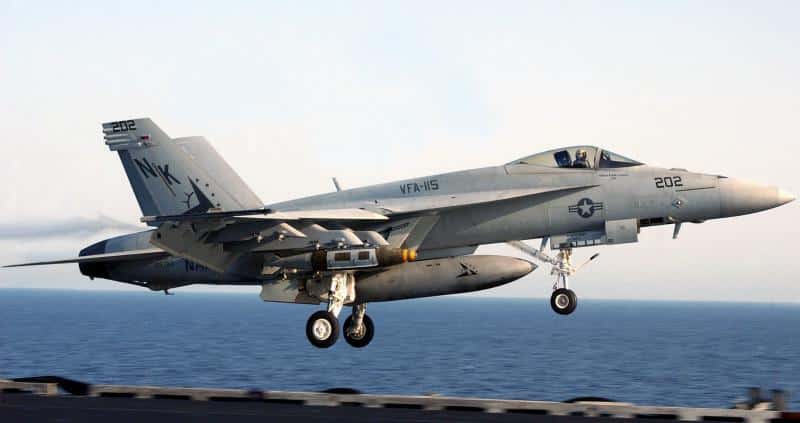A few days before the official publication of the report ordered by the US Congress last January, the American media as the ufonologist community are in turmoil, with its share of more or less improvised articles and experts interviewed in loops by newspapers and continuous information channels. For the American defense community, on the other hand, this report, which the NY Times obtained a copy, generates far more concerns and questions than enthusiasm. Indeed, out of the 120 events analyzed in the report, a significant part of the observations made assume the existence of technologies unknown to the United States, and potentially much superior to those which the American forces actually have.
The report concludes in fact that part of the observations made cannot be explained by known technologies, such as drones, sounding balloons or optical effects, any more than part of secret American military tests. The number of observations made in recent years, in the United States but also abroad, by American forces or credible and trained allies, in fact shows enough similarities to rule out any phenomenon of alteration of perception, or misinterpretation of the personnel and crews who made these observations. In addition, the observed performances of these objects would far exceed what the military aviation industry is capable of producing to date, and what the American intelligence services know about the technological capacities of the competitors of the United States, namely the China or Russia.
The hypothesis that all these observations are the result of Russian or Chinese secret programs is moreover not very credible. Thus, in the case of the observation of aerial phenomena by several Super Hornet crews aboard the Nimitz, corroborated by radar observations coming from the SPY-1 of the cruiser USS Princeton, and of which a FLIR video captured by a Super Hornet crew is commonly designated by the name "TIC TAC" in reference to the shape of the object observed by the two crews of F / A 18 E / F, took place in 2004. Now, if we can imagine that can be, today, Moscow or Beijing could possibly have the capacity to design supersonic drones, this assumption simply does not make sense in 2004. Let us recall in fact that China has barely succeeded in make your WS-10 turbojet engine more reliable to equip its J-10Cs, and that the design of the first Chinese Wing Long 1 MALE drone (equipped with a piston engine) just started in 2005. It is in fact impossible that the Chinese industry could, in 2004, produce a drone capable of supporting a supersonic flight or a high subsonic flight for a long duration, moreover if it were to be implemented without a control platform nearby, Beijing having in 2004 neither the submarine resources nor the space resources to control such equipment, while any other platform would necessarily have been detected by the Nimitz GAN.

The rest of this article is for subscribers only
The Classic subscriptions provide access to
all articles without advertising, starting at € 1,99.
Newsletter subscription
Register for the Meta-Defense Newsletter to receive the
latest fashion articles daily or weekly

